
Lot 5
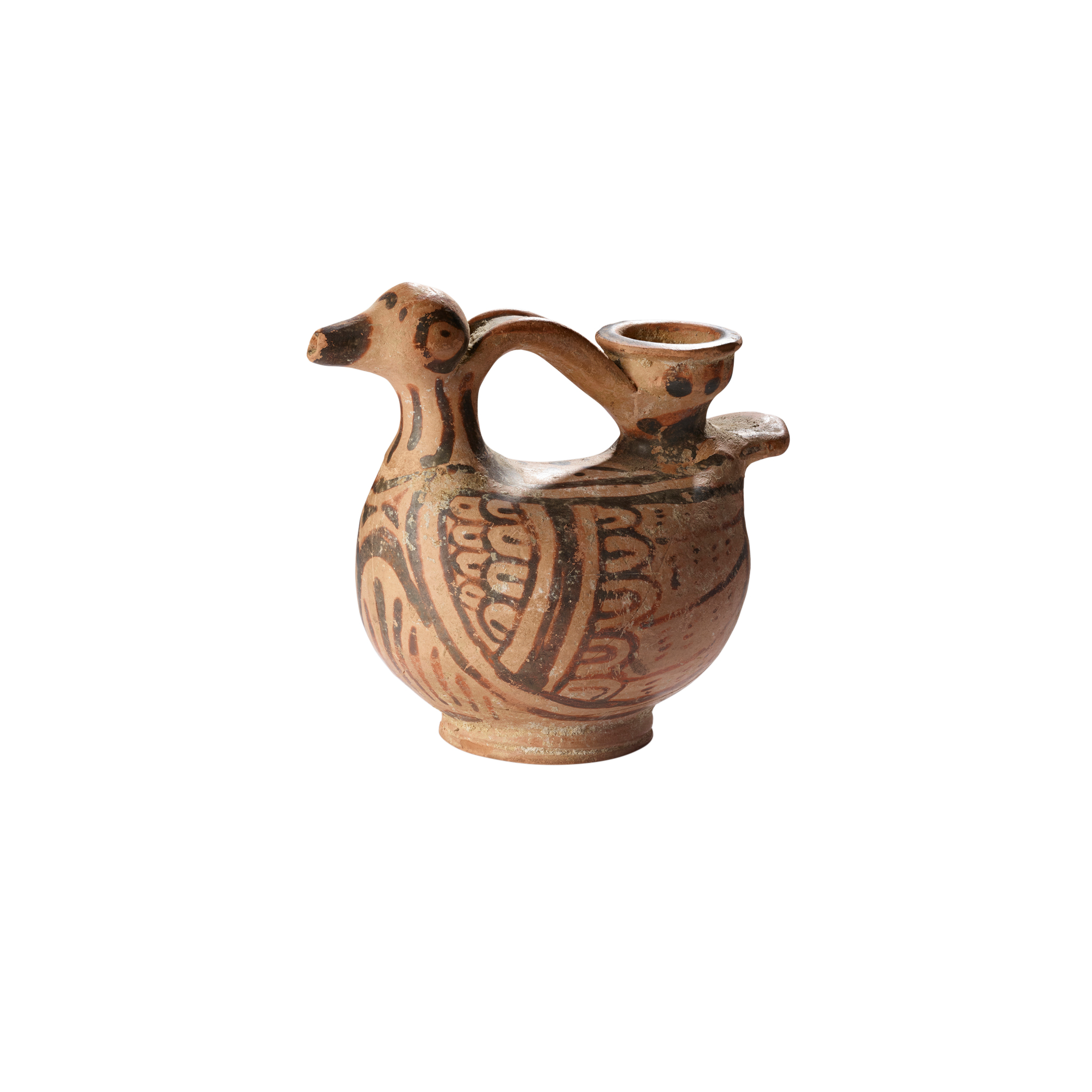
ETRUSCAN ASKOS IN THE FORM OF A DUCK
NORTHERN ITALY, C. 330 B.C.
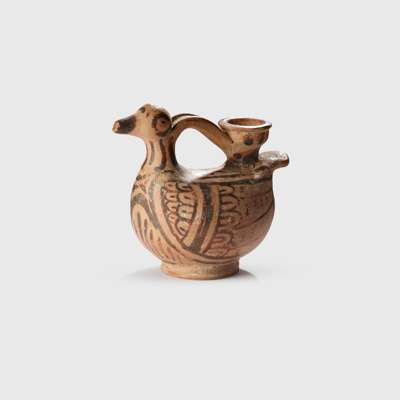
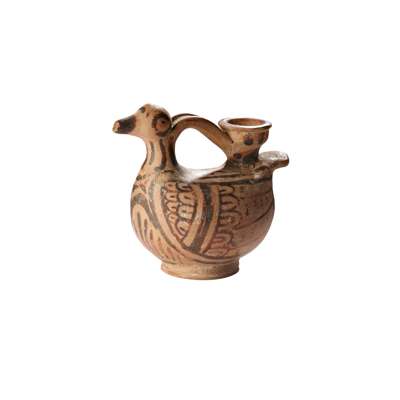
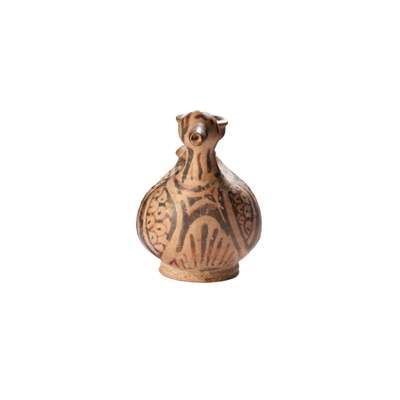

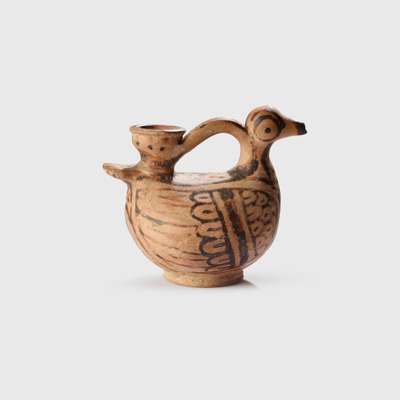


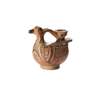

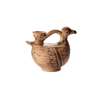
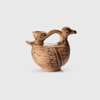
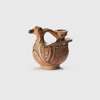
Classical Ancient Art // Form Through Time
Auction: Classical Ancient Art - 21st March 2024 at 2pm
Description
painted terracotta, standing on a disc base, in the manner of a small duck, the eyes, beak and tail indicated by umber pigment painted onto the light red slip, the wings folded into the body, above, a vertical spout with flared rim connected to a small strap handle
Dimensions
10.3cm tall
Provenance
Provenance:
Paul Strickland, United Kingdom, acquired 18th November 1968 from the below
Paul Wengraf, Arcade Gallery, 28 Old Bond Street, London, United Kingdom (a copy of the original invoice can be provided upon request).
Footnote
Note:
The present piece was produced in Tarquinia around the mid-4th century B.C. and would have contained perfumed oils. The vessel was filled through the funnel spout on the ducks back and oil was allowed to drop out through the small hole in the beak.
Potters revived the tradition of duck aksio (a much earlier form) in the fourth century BC and the tradition was continued by workshops in southern Etruria.
The term "askos," derived from the Greek word for "wineskin," denotes pottery vessels characterized by a bag-shaped body and a handle arching from the body to the spout.
For similar please see, National Museums Scotland, accession number A.1872.23.19.
Literature:
Cf. Treasures from Tuscany: The Etruscan Legacy, (Edinburgh: NMSE Publishing), 2004, p.181, NMS 16











